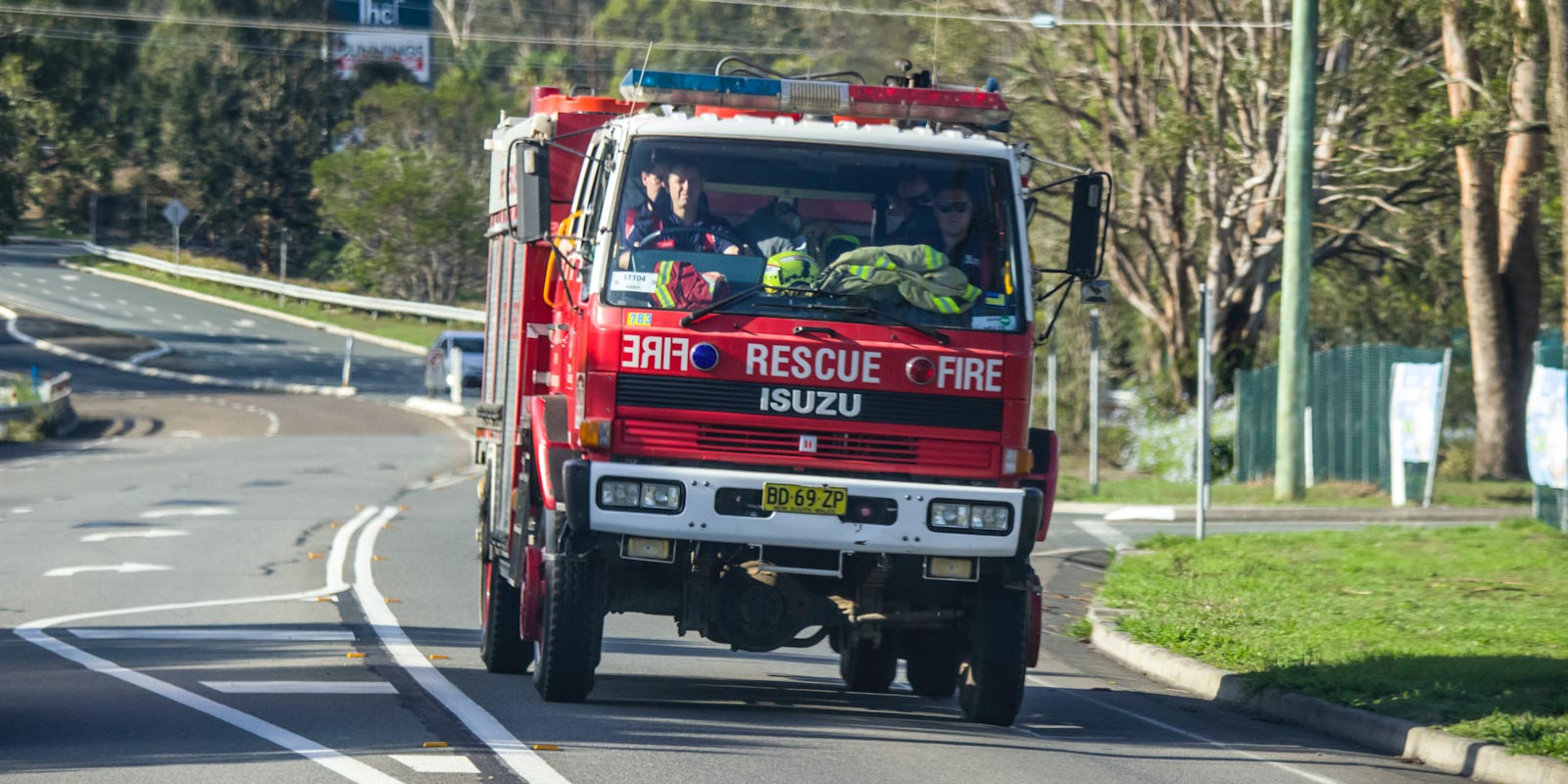
Children are often interested in emergency services when they see cars and trucks with lights, speeding through their neighborhood. Early childhood educators can embrace the opportunity to teach children about safety.
Emergency services help the public in times of disaster, crime or emergency. People can call an emergency service to ask for help to stay safe. The main emergency services in Australia are police, fire and ambulance.
We also have the State Emergency Service (SES) for serious damage to homes, including storms, flooding and fallen trees. Marine Rescue can be contacted via marine radio for boating emergencies.
EYLF learning outcomes
Emergencies align with the Early Years Learning Framework. Early childhood educators have traditionally planned lessons about emergency services to teach children about safety (1.1), health (3.2), and the community (2.1). This topic also connects children to people and places (4.4).
Learning experiences
Role play as a first responder
Children can dress up in real or pretend uniforms and imagine they are first responders. They can use emergency equipment as props and even act out their own emergency scenarios.
Learn how to call 000
Teach children how to use the phone and call 000, including listening for a dial tone before making a call. Emphasise that making prank calls to emergency services is never okay.
Discuss the types of questions that the operator might ask, such as their name, address, and phone number. Practice speaking clearly and calmly by roleplaying scenarios. One child acts as the operator and another child pretends to make an emergency call.
Make siren noises
Encourage children to make siren noises using their voices, but be prepared for the loud noises! Older children may like to research the different sounds that emergency vehicles can make.
Make your own siren
In Australia, some sirens are red and blue, others are just red. Provide children with red and blue sheets of cellophane, scissors and sticky tape. Encourage children to cut out their own cellophane sirens and tape them onto their heads or hats. Now your children can run around, pretending to be emergency vehicles.
Practice emergency drills
Make the most of children's interests and practice emergency evacuations. Ask the children to imagine various emergencies (including an alien attack!) and then practice responding to the situation.
Community connections
Many emergency services are willing to support early childhood education programs. Reach out to your local organisations about a potential incursion or excursion, to help improve the children's awareness of emergencies.
Participate in an education program, including games and teaching resources: The emergency helpers program.
Discussions
- What types of emergencies are there? Who can people call to help in each emergency?
- Ask children if they have personal experiences with emergencies that they would like to talk about.
- What equipment is used in emergencies? What is it used for?
- How do you feel when there is an emergency situation? Excited? Scared?
Resources
Songs
Hurry hurry, drive the fire truck
Videos
- Educational videos from NSW Police
- Educational videos from South Australia Ambulance
